Starbucks Corp – Algo Buy Signal
Starbucks, (NASDAQ listing), was added to US 100 model portfolio in December at $61.
Shares in Starbucks are now trading at $66 after the company reported better-than-expected sales and earnings growth.
It also expects revenue to grow by 5 to 7 percent during fiscal 2019.

Investor Signals now offers US equities and if you’d like our assistance in building a US blue-chip portfolio, please call 1300 614 002.
Another US blue-chip we’ve been buying is Lockheed Martin (NYSE: LMT).
LMT declared a quarterly dividend of $2.20 per share. The dividend will be payable on March 29, with an ex-dividend date of February 28. The annual yield is 3.1%.
Our Algo Engine generated a buy signal and we added LMT to client accounts at $260.
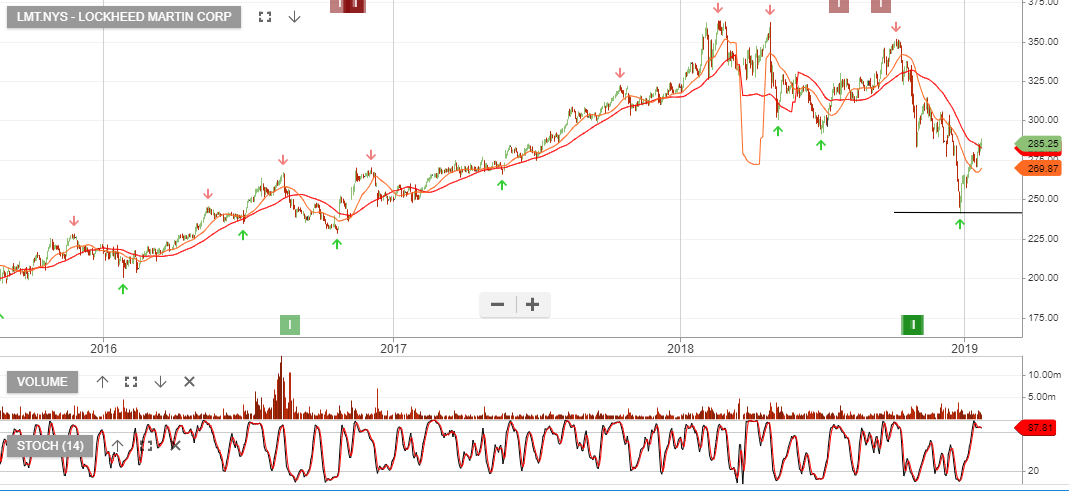
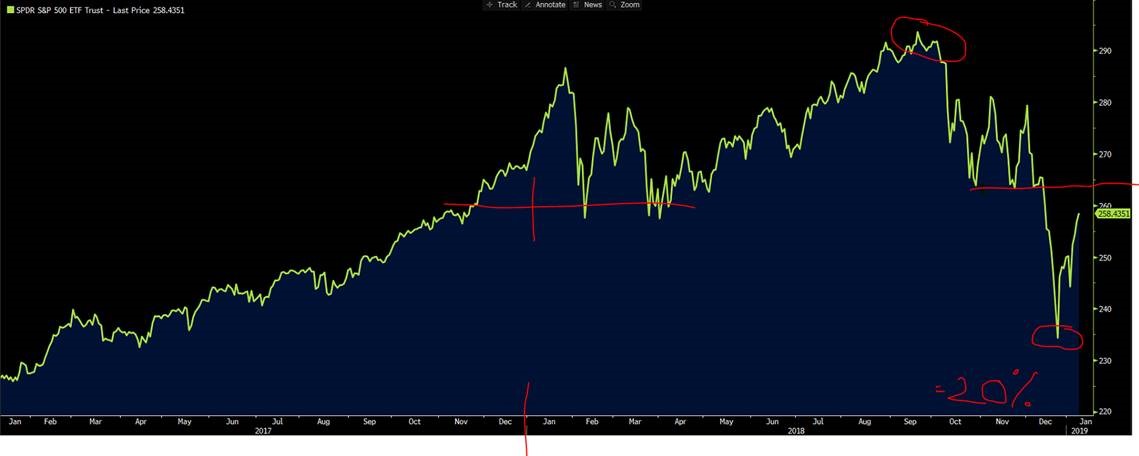
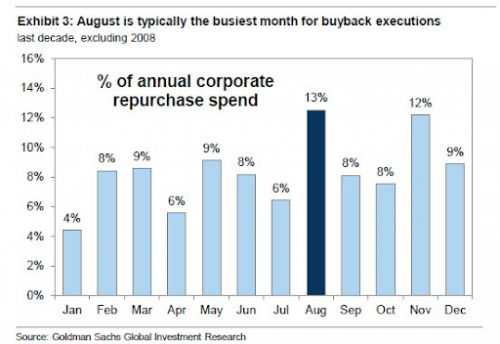
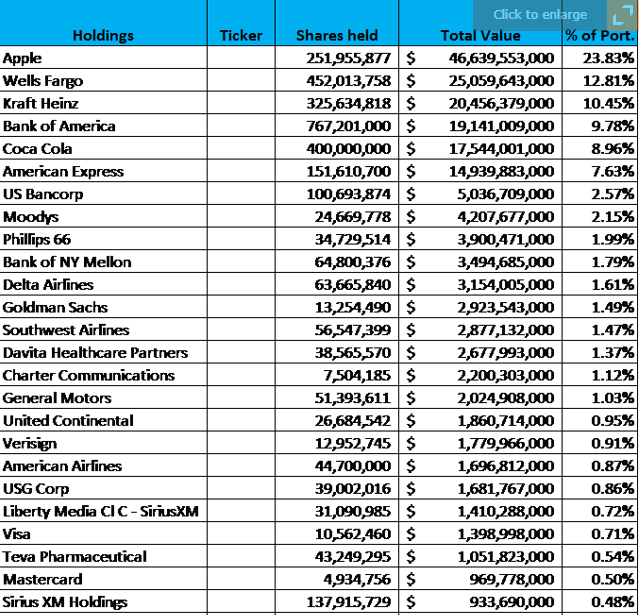
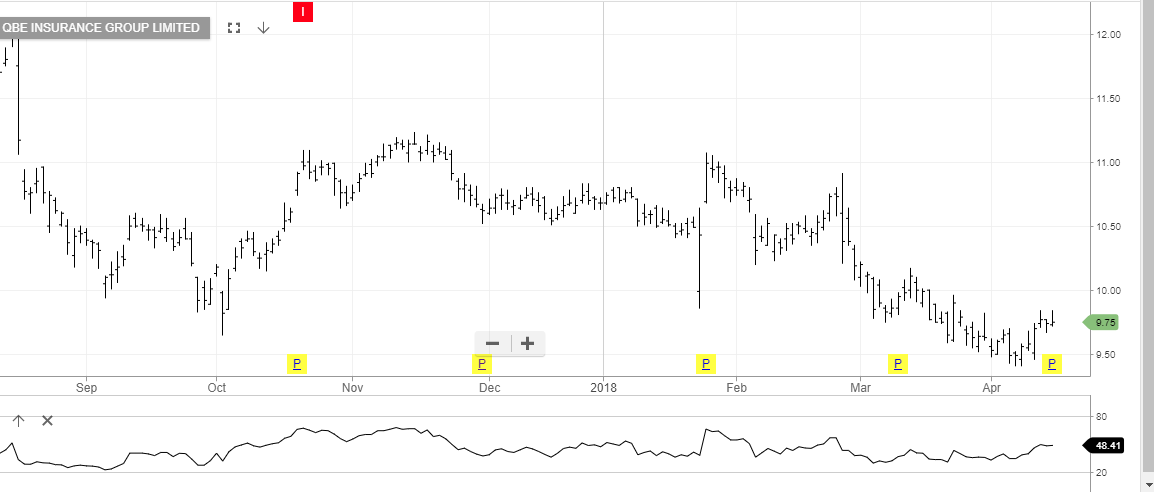
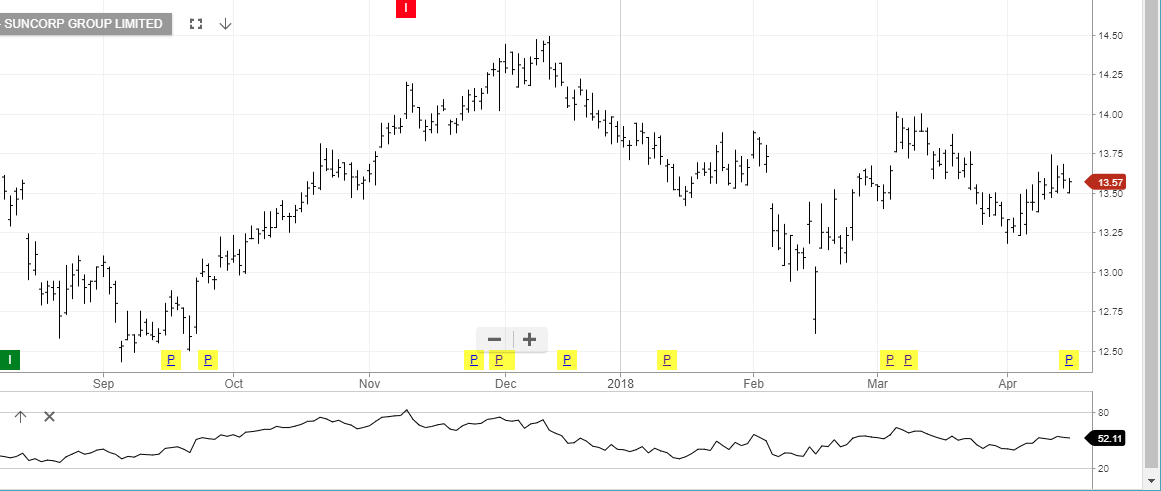




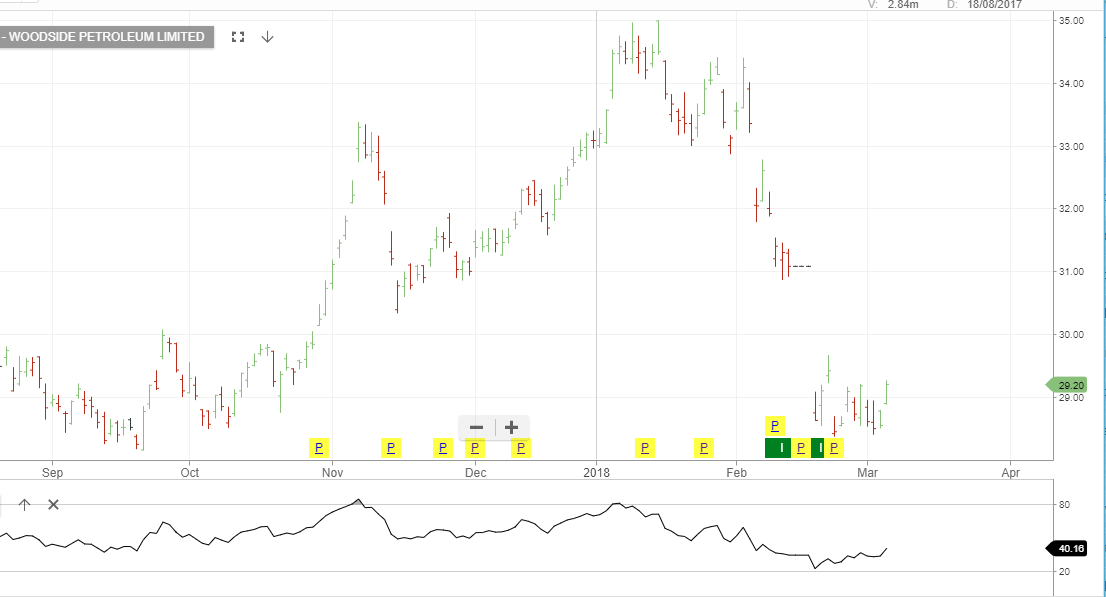
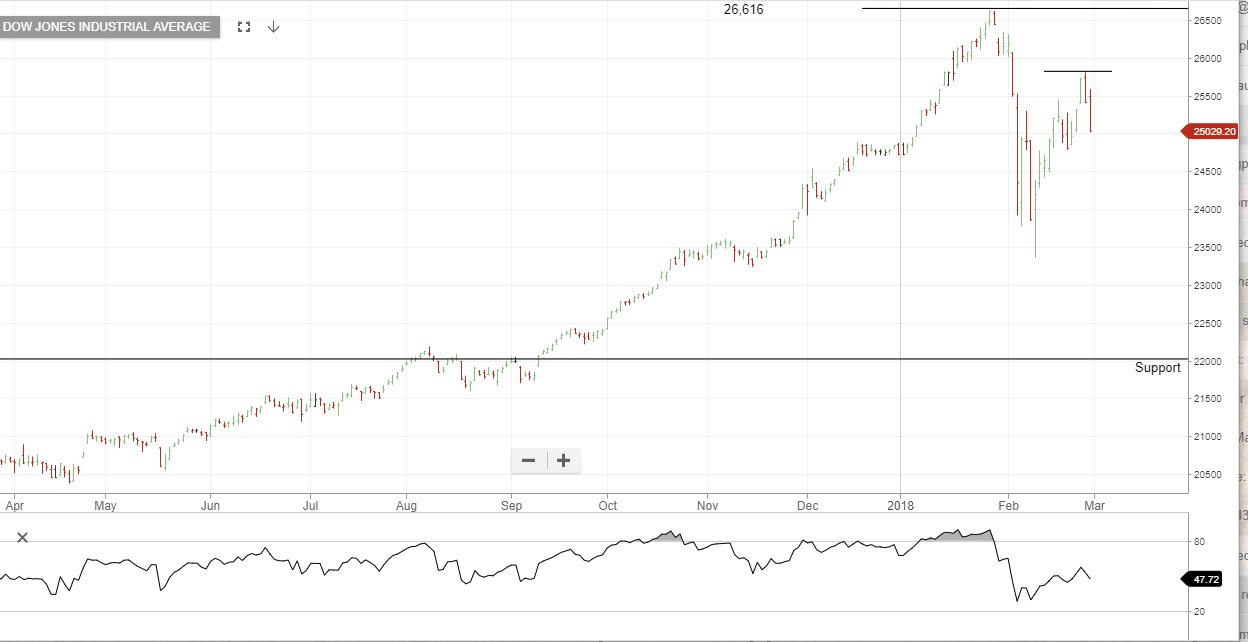
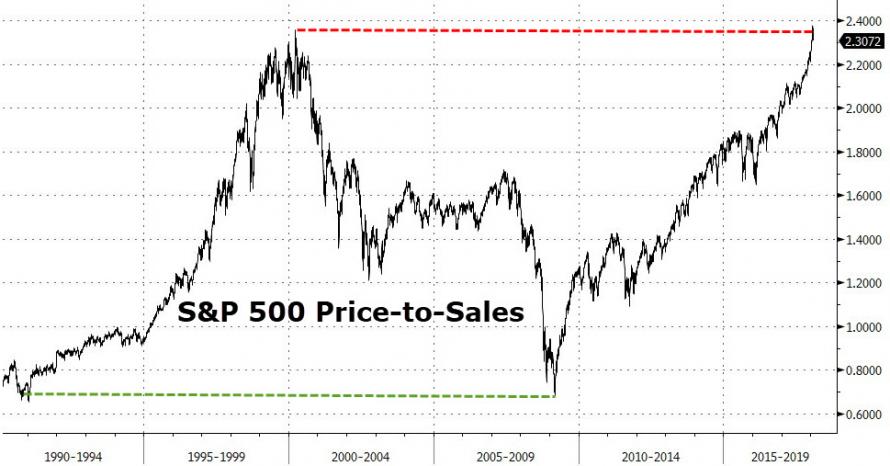 SP 500 Index
SP 500 Index